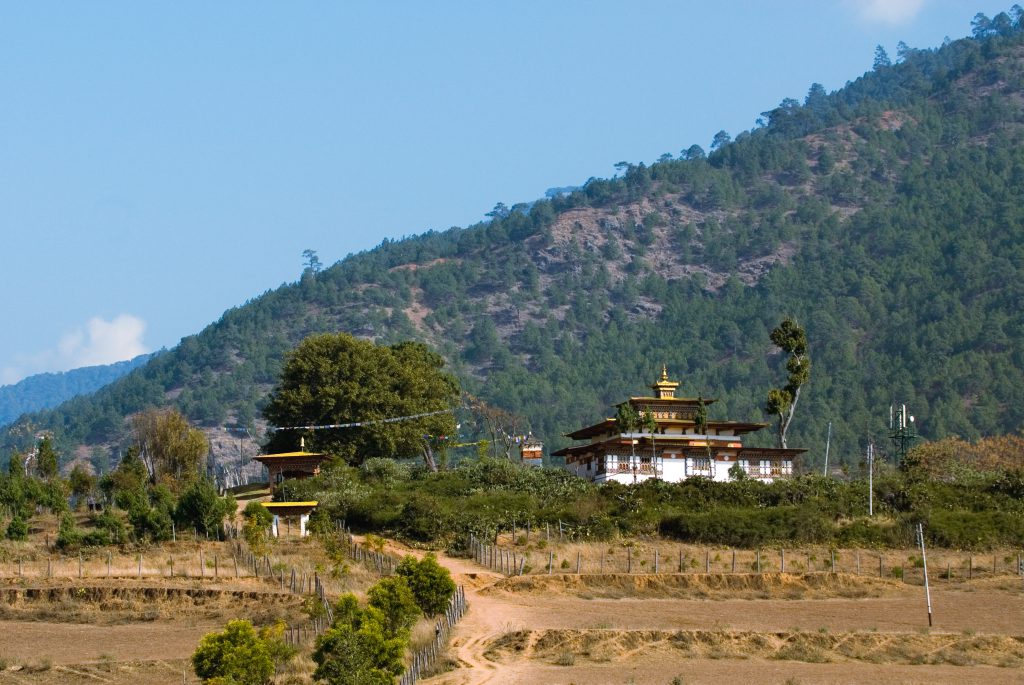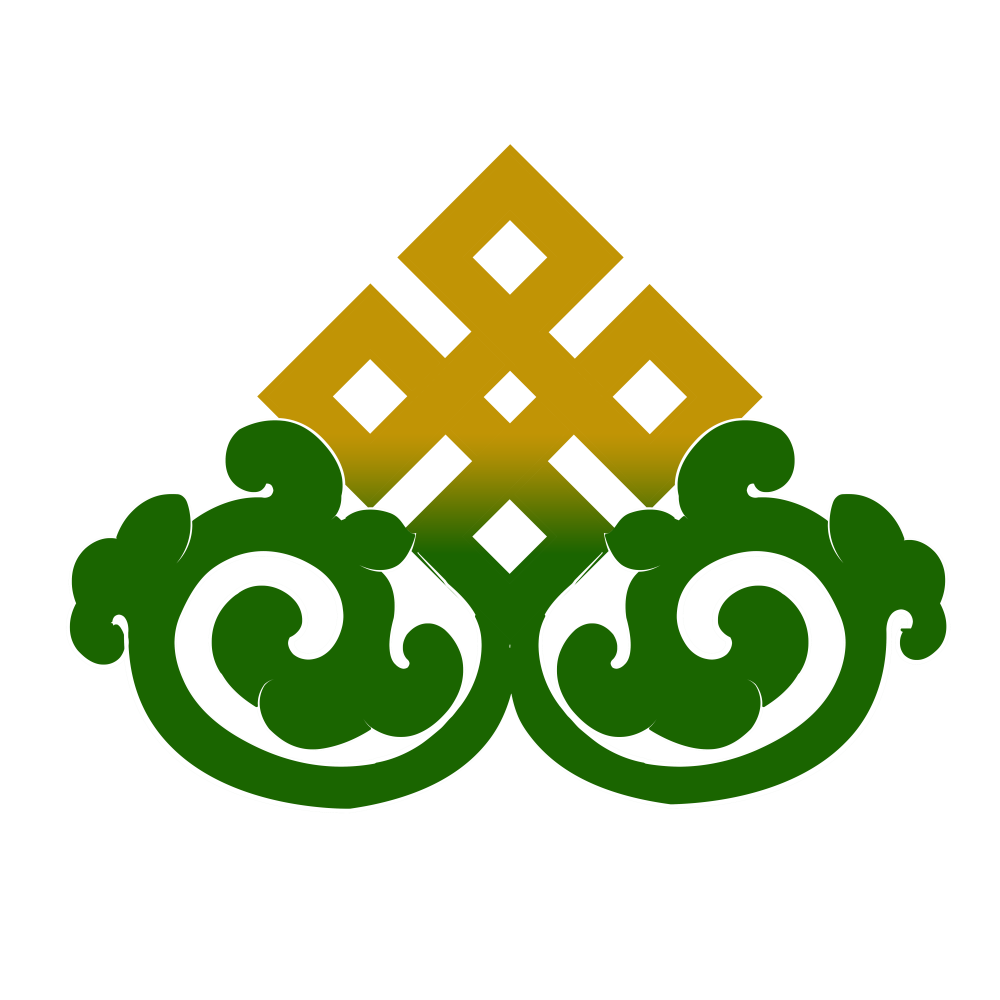Things to do in Punakha
Chimi Lhakhang (7.2 km) The famous Chimi Lhakhang is dedicated to Lama Drukpa Kunley, the 15th-century Tibetan magician, saint and exponent of ‘crazy wisdom’. Chimi Lhakhang is located in between very beautiful paddy fields near Lobesa, it is one of the most scenically located monasteries in eastern Bhutan and takes about half an hour walk till the monastery from the road. The bodhi tree is believed to have been brought from Bodhgaya. Childless women pray to a fertility goddess.
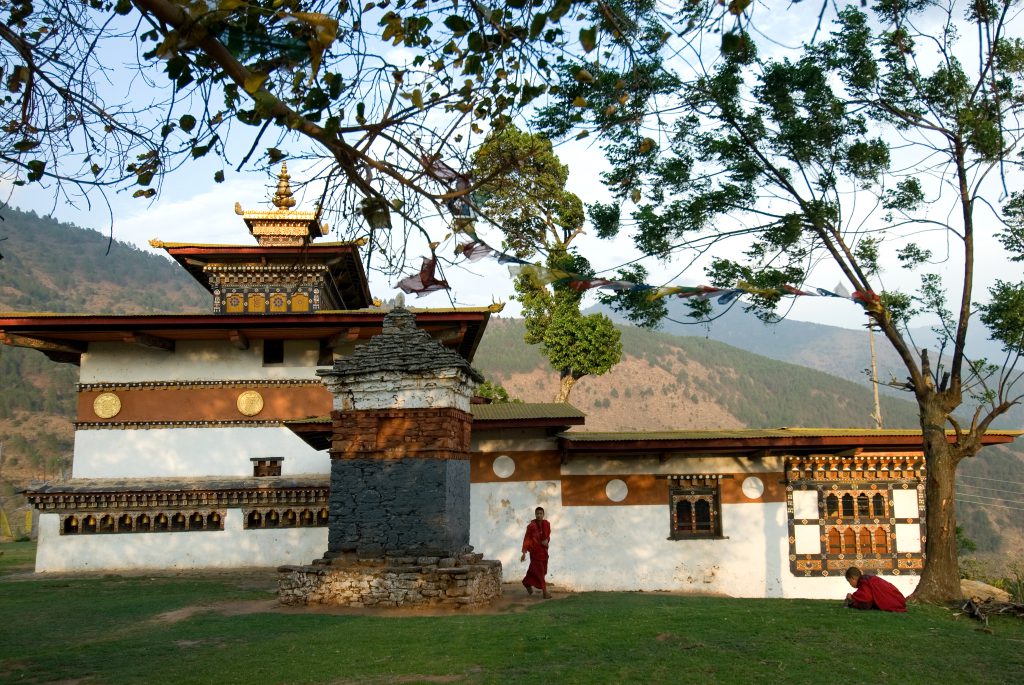
Khamsum Yulley Namgyal Chorten (13.8 km) Follow the Mo Chhu upstream from Punakha Dzong, and the gleaming apex of the Khamsum Yulley Namgyal Chorten will soon appear on the opposite bank, a gold-topped beacn guiding you upstream. Seven kilometers (4 miles) northeast of the dzong, the tiered chorten stands 30-meters (100-feet) tall, it three stories covered with painted pageant of characters from the annals of Vajrayana Buddhism – including one protector deity pictured riding a shaggy brown migoi or yeti. A path leads from the roadside to a bridge across the Mo Chhu, before climbing steeply up to the chorten itself. Visit in the cool of the morning then sit to catch your breath and enjoy fabulous views up and down the lush Mo Chhu Valley.
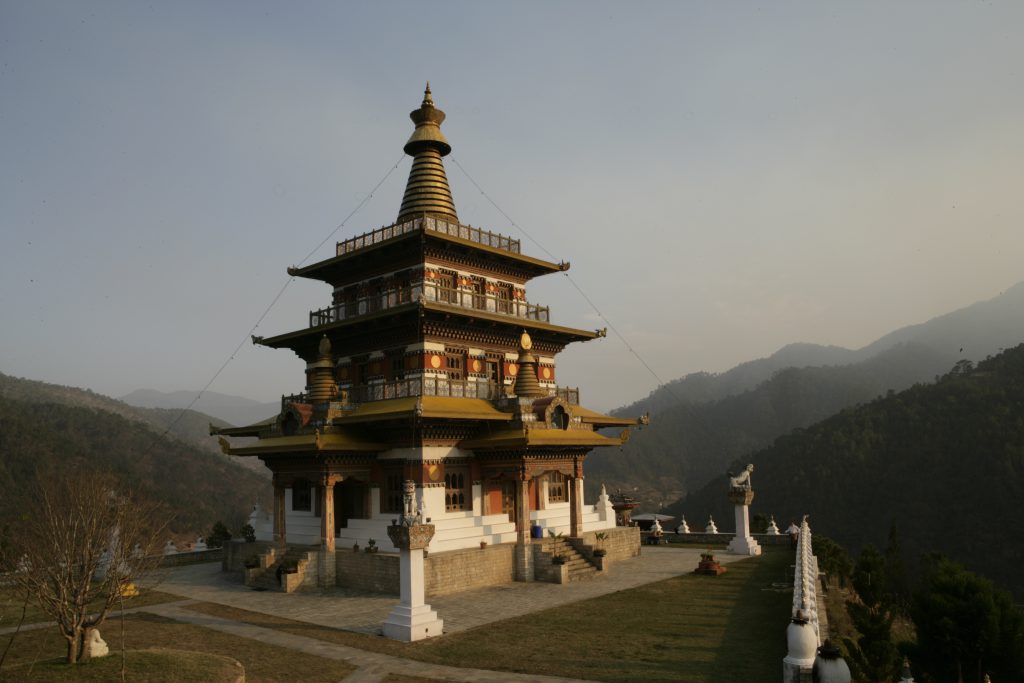
Punakha Dzong (6.8 km) The Punakha Dzong (the palace of great happiness or bliss), is the administrative centre of Punakha District in Punakha, Bhutan. The dzong was constructed by Ngawang Namgyal, in 1637–38. It is the second oldest and second largest dzong in Bhutan and one of its most majestic structures. The dzong houses the sacred relics of the southern Drukpa Lineage of the Kagyu school of Tibetan Buddhism, including the Rangjung Kasarpani and the sacred remains of Ngawang Namgyal and the tertoen Pema Lingpa. The Dzong is located at the confluence of the Pho Chhu (father) and Mo Chhu (mother) rivers in the Punakha–Wangdue valley. The source of the Mo chu river is in the northern hills of Ligshi and Laya in Bhutan, and in Tibet. The Pho Chu River is fed by glaciers in the Lunana region of the Punakha valley. After the confluence of these two rivers, the main river is known as Puna Tsang chu.
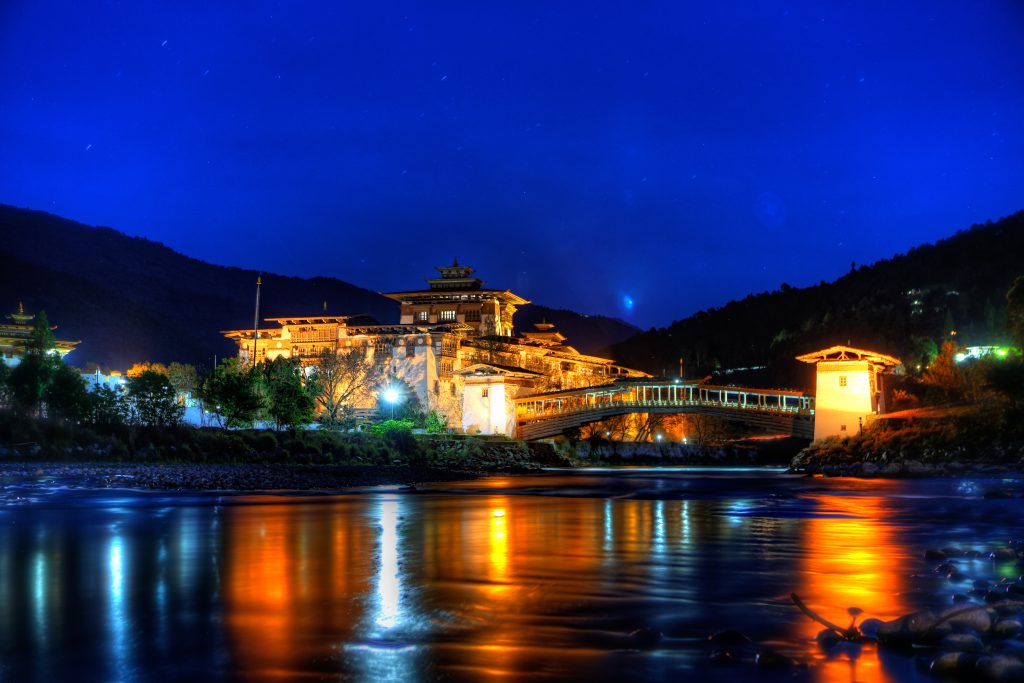
Punakha River Rafting Most of the rivers in Bhutan are very steep and highly rushing with limited road access makes it considerably unsuitable for white water rafting. Only a few rivers are opened for rafting considering their safe and easy access. The Pho Chu with its approx 16km course with about 15 rapids of class 2 – 4 is the most popular for rafting in Bhutan followed by the Mo Chu river with a 10Km course comprising around 10 rapids with 2- 2+ rapids.
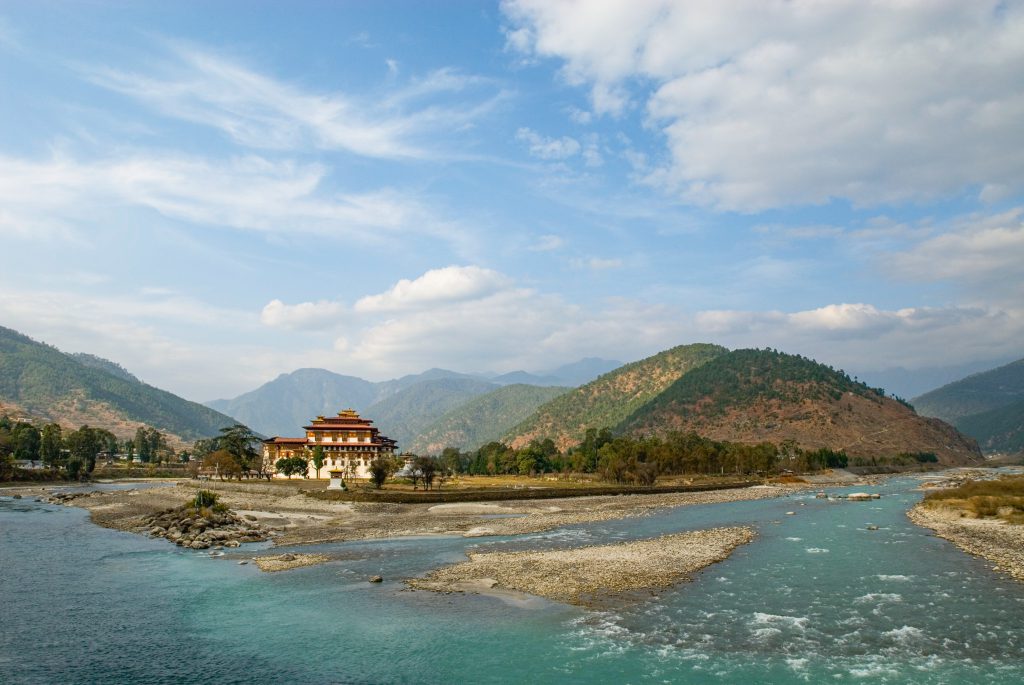
Talo Monastery (13.7) Talo Monastery is a Buddhist Monastery located on the hills above Punakha at an elevation of 2800 m. The monastery is one of the prominent monastery in the country as it is directly connected to the mind manifestation of Zhabdrung Ngawang Namgyel as well as an essential Drukpa Kagyu Monastery. It is commonly known as Talo Geompa or Talo Sangacholing Monastery. It was founded by Chogtul Jigme Singye (1742-1789), the fourth reincarnation of Lam Thripa in 1767. The interior and exterior of the monastery shows the amazing skills of Bhutanese artist reflecting the importance of culture and religion in Bhutan. There are so many statues and lhakhangs inside the monastery out of which one is Tshapami Statue and Neten Chudru Lhakhang. Below the statue of Tshapami there is a Namsey Tsherim that is sealed for public display. Inner walls of the momastery are painted with Zhabdrung’s images substituting 10,000 Zhabdrung statues.
